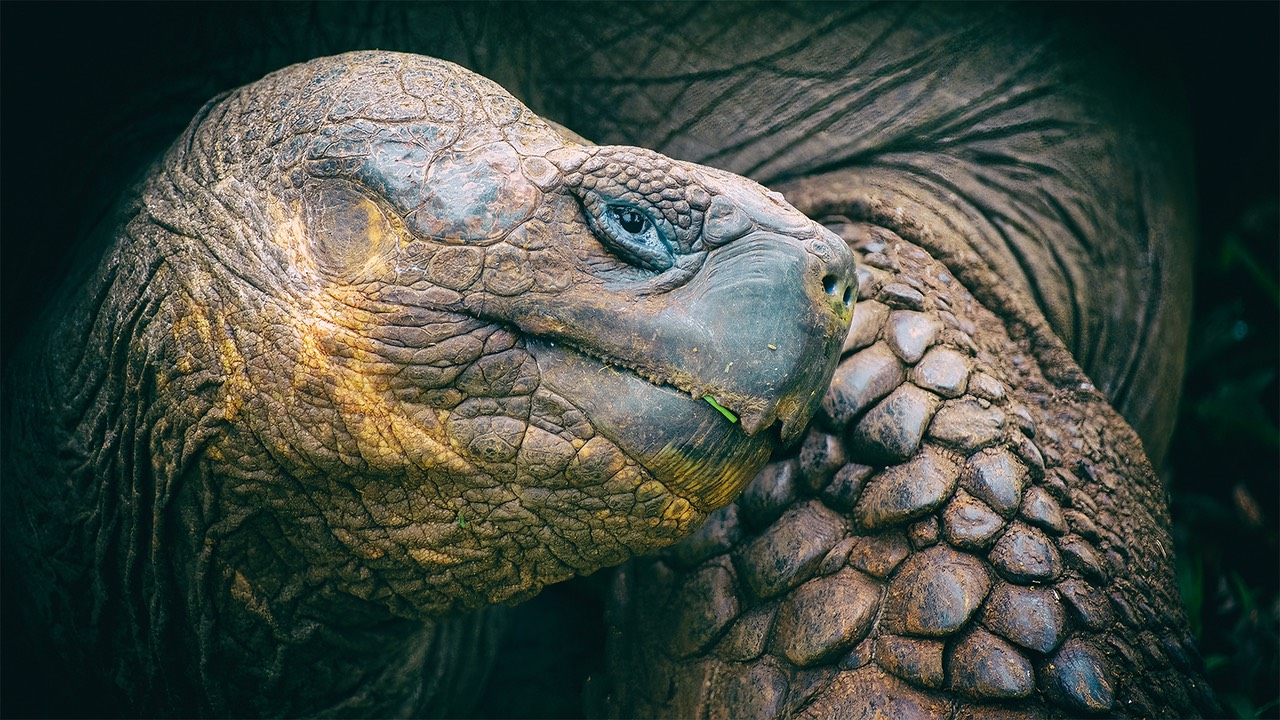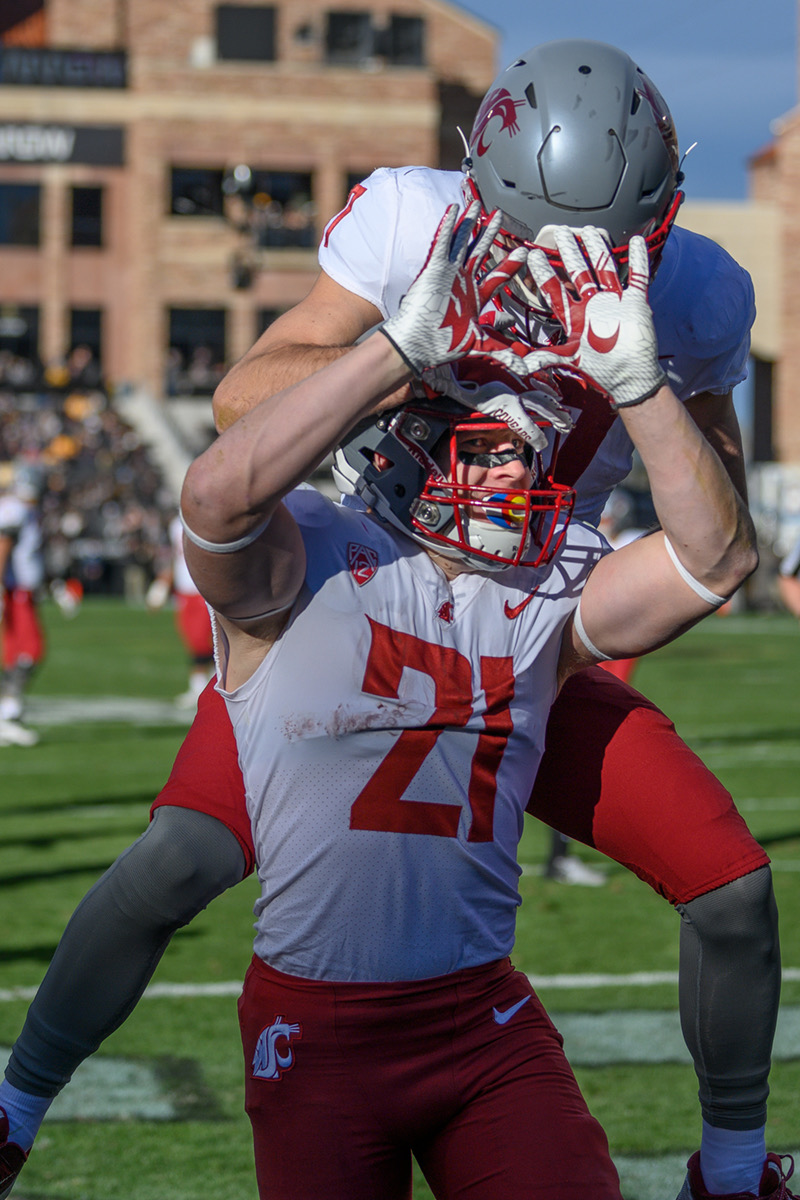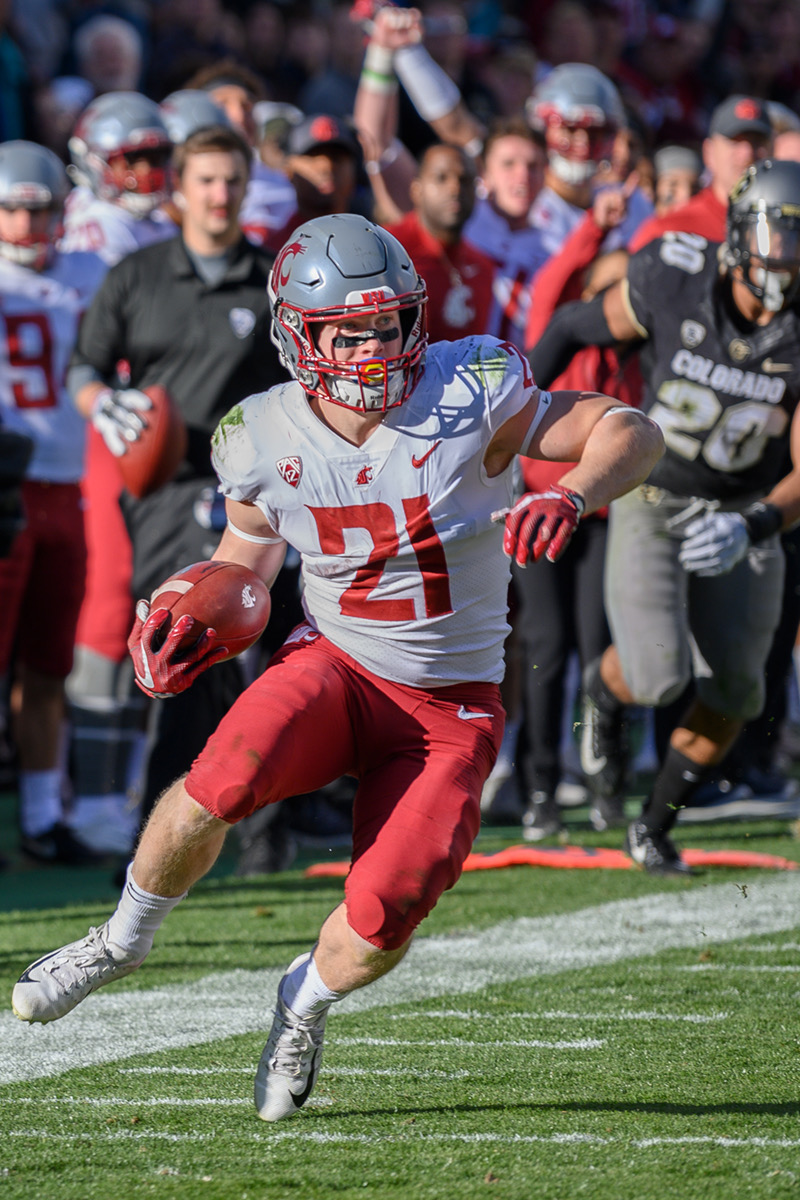I write mostly about optimal data capture (the photographing bit) and optimal processing (the post processing bit).
One of my favorite things to do is turn a concept on its head and see what happens. Today, we’re going to go suboptimal ;~).
Historically, even the greatest photographers and the ones we consider the highest practitioners had times when they didn’t get everything perfect. You can see that, for instance, if you examine many of Henri Cartier-Bresson’s (HCB) images, including his most famous ones. Some have focus not quite right, some have motion or camera blur in them (though some argue that’s intentional). And so on. But if you pull up a sample of his images you see something else:
They don’t look consistent, do they?
These aren’t necessarily the best reproductions of his work, either, but one thing I noticed with many of the great photographers as I examined their work in real life is that how they handle contrast often differed between their key images, and in the case of Ansel Adams, he clearly changed how he printed many of his seminal images over the years.
That said, great images remain great images, even when they have a perceivable flaw to them or they get reproduced differently.
So I’m tempted to say right up front that “you can get away with a lot.”
I used HCB as my primary example up front for one reason: his best images either directly tell a story or imply an unseen story that provokes your imagination. What you can’t get away with is this: not having a point to the image.
This is often the biggest problem I have with some students at workshops. Particularly those on their first safari or first encounter with something. The lion, mountain, or sunset certainly caught their attention, but they didn’t then convey that well to the viewer.
Take this image I recently posted:

Quite a few of you commented on it. When I took this image, 14 other photographers, my teaching partner, and two Galapagos naturalists were wandering this same area. Quite a few of them took images of the same tortoise. I know, because I saw them all in image reviews and can recognize an animal by markings and details.
There’s a bit of mystery to my photo that wasn’t in most of the others I saw. Many readers commented about how the animal seemed to be studying me, or had a human-like trait. Almost all anthropomorphized the tortoise’s posture in some way. Meanwhile, most of my students were just trying to take a photograph of a giant tortoise and were initially happy if they did. To put it at its most simplistic: there’s a big difference between an image of a tortoise and an image of a tortoise seeming to do something.
I’ve been to the Galapagos over 10 times now, and I’ve got piles of photos of giant tortoises, so I often don’t press the shutter release these days unless I can say that there’s something beyond the subject going on. I’m not sure why this fellow wasn’t keeping both eyes on me, but he was quite comfortable with my slowly engaging him and he was almost like a professional model as he went through some “poses” for me.
So I’ll repeat: What you can’t get away with is this: not having a point to the image. In this case, I wasn’t 100% sure what the point was—this image has mystery in it to me—but I did recognize the moment as it happened. This is a single image, not one from a continuous burst.
To find a story for your image, you have to look for it. You have to be responsive to it. You sometimes have to stick around and be patient, as stories don’t happen 100% of the time. You have to be thinking story, not settings.
That last bit was one of Henri Cartier-Bresson’s best traits. He simply seemed to press the shutter release at the right time virtually every time. That’s also the trick of the greatest sports photographers, the best wildlife photographers, the top portrait and studio pros, and more.
I often “interact” with animals, particularly if I’m on foot. I gently and quietly talk to them, I let them determine what they will allow me to do, I move slowly when I move. Generally, I let them adapt to me before I start trying to photograph them. I try to understand what they want to do and why, and where they will go next.
This image, for instance:
While it might not look like it, that’s with a 500mm lens. And I cropped it a bit.
This leopard was clearly on her casual morning territory patrol, looking to see if any prey were in vulnerable places or any other predators intruding. My driver kept worrying that he wasn’t getting me “close enough,” but I have thousands of images of leopard faces, I don’t need more (sounding familiar already? ;~) What I wanted was an image that told others more about what she was doing and where.
First I had to figure out where she was going to go. Then I had to convince the driver—they believe their tips are predicated on getting you close to animals—to drive away from the leopard and position us where I was sure she was going to go. We couldn’t see her for quite some time. The above image was framed long before she got there. All I needed was a leopard looking out on her territory…
Before we leave this aspect of today’s article and get back to the headline, one more thing: I tell students all the time to think about what they want to happen. Then I next caution them to be ready should it happen. You can’t be thinking about exposure or other things, you have to be evaluating timing and composition. The best photos happen in a moment of time. You can’t miss that moment. Many do.
Okay, so let’s say you’re looking for story, you’re thinking ahead, you’re prepared for what you want to happen, what can you get away with?
Again, you can get away with a lot. All of us have over our years of photographing. Personally, I hate it when a photo editor picks an image that I feel I didn’t optimize in some way over one that I felt I did. But that brings us right to the very first important point: your photo’s viewer determines how good it is, not technical details. If it captures the viewer’s attention, imagination, and continued look, it’s likely because of the story they see.
The reason why I hate it when a photo editor picks another image than the one I wanted published is simple: he or she is seeing something different than I do. A story or element that wasn’t as important to me as it was to them liking the image.
As a sports photographer I’m often submitting a large number of images from an event or game. These days, I can guess that the image(s) that will most likely get used are the celebrations (teammates congratulating the touchdown scorer), not the thing they’re celebrating (e.g. the actual touchdown). We even have a term for it on the sidelines: jubes (as in jubilation).
Editors will even pick what I consider to be a poor image of the celebration over a better image of the play itself. Apparently photo editors and social media gatekeepers prioritize “happy people” over “talented people.” ;~)
For example:

This is the image the photo editor picked, even though I had submitted the entire sequence from catching the ball out past the 20 yard line, eluding the defender, running across the goal line for the score, and then running over to the ESPN camera podium to celebrate (I’m standing right next to it).
Let’s get back to some things you can get away with:
Exposure. Note that the two sports images here have quick Lightroom adjustments to bring up the shadows or tone down highlights. Why? Because the photo editor wanted the celebration (;~) and the player had gotten into the shadow of the ESPN camera platform and I had to boost shadows. Here’s where my exposure was set for the sequence that ended in the jube image, above:
